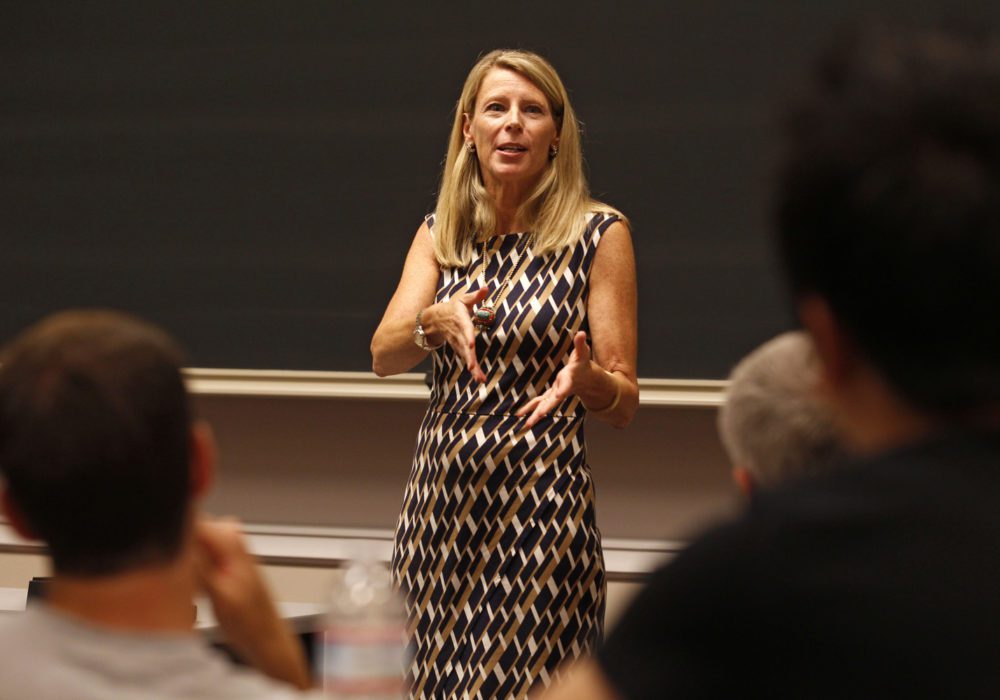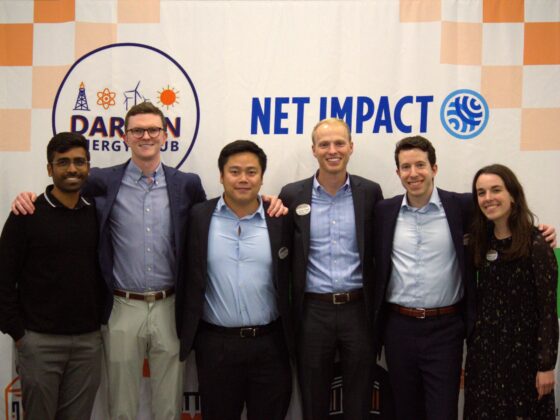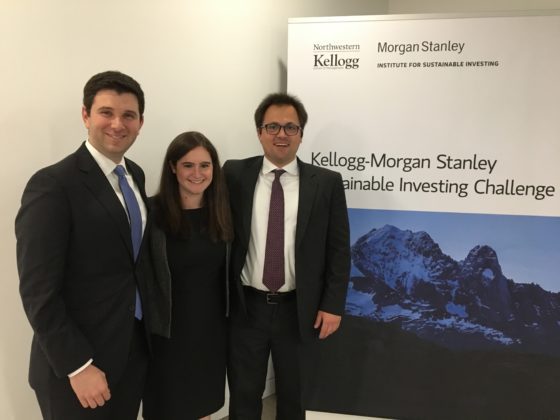Many people think of public-private partnerships (or P3s) as a relatively recent invention. The fact is P3s have been around for a long time. In 1742 Benjamin Franklin founded the American Philosophical Association of Philadelphia which soon joined forces with the Pennsylvania House of Representatives to establish America’s first medical school at the University of Pennsylvania.[i]
While sometimes defined as a partnership between government and the private sector, P3s can now refer to any cross-sector collaboration. This could include NGOs or nonprofit organizations working with government or business to address societal problems.
Often one thinks of road or infrastructure projects when they hear public-private partnerships; however there are other examples worth noting. The international organization, Save the Children, partnered with GlaxoSmithKline to bring needed medical aid to countries with high mortality rates. The World Wildlife Fund partnered with the Coca-Cola Company to address water scarcity issues around the world. There are many more examples of innovative partnerships happening right now to bring about positive change.

Leaders are looking outside of traditional solutions to solve new or persistent problems. Each sector can contribute its own set of strengths to better address the problem. That’s why P3s have the potential to offer fresh ideas, community involvement, more resources and lasting impact.
To honor the world’s best P3s, the Institute for Business in Society and Concordia have created the P3 Impact Award. Applications are now being accepted through 30 April 2014. Criteria and the application form can be found at the P3 Impact Award website. The award will be presented at the Concordia Summit held on 29-30 September 2014 in New York City.
[i] Louis Witters, Revital Marom and Kurt Steinert. “The Role of Public-Private Partnerships in Driving Innovation.” The Global Innovation Index 2012. INSEAD.





